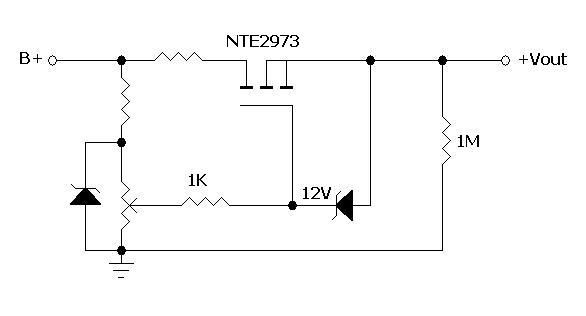Originally posted by Wilder Amplification
View Post
If you plot enough loadlines for amps which are considered to have good tone, you do start to notice patterns, such as the OT load line always passing somewhere below the knee, and you can start to predict the levels of grid current in a preamp triode, for example, and so estimate the value of grid stopper, or whether a cathode bypass cap would be a bad idea etc. So you can't calculate tone, but there are links between the graphical and the tonal, and load lines remain the most powerful analysis tool available (better than SIM, IMO).



Comment